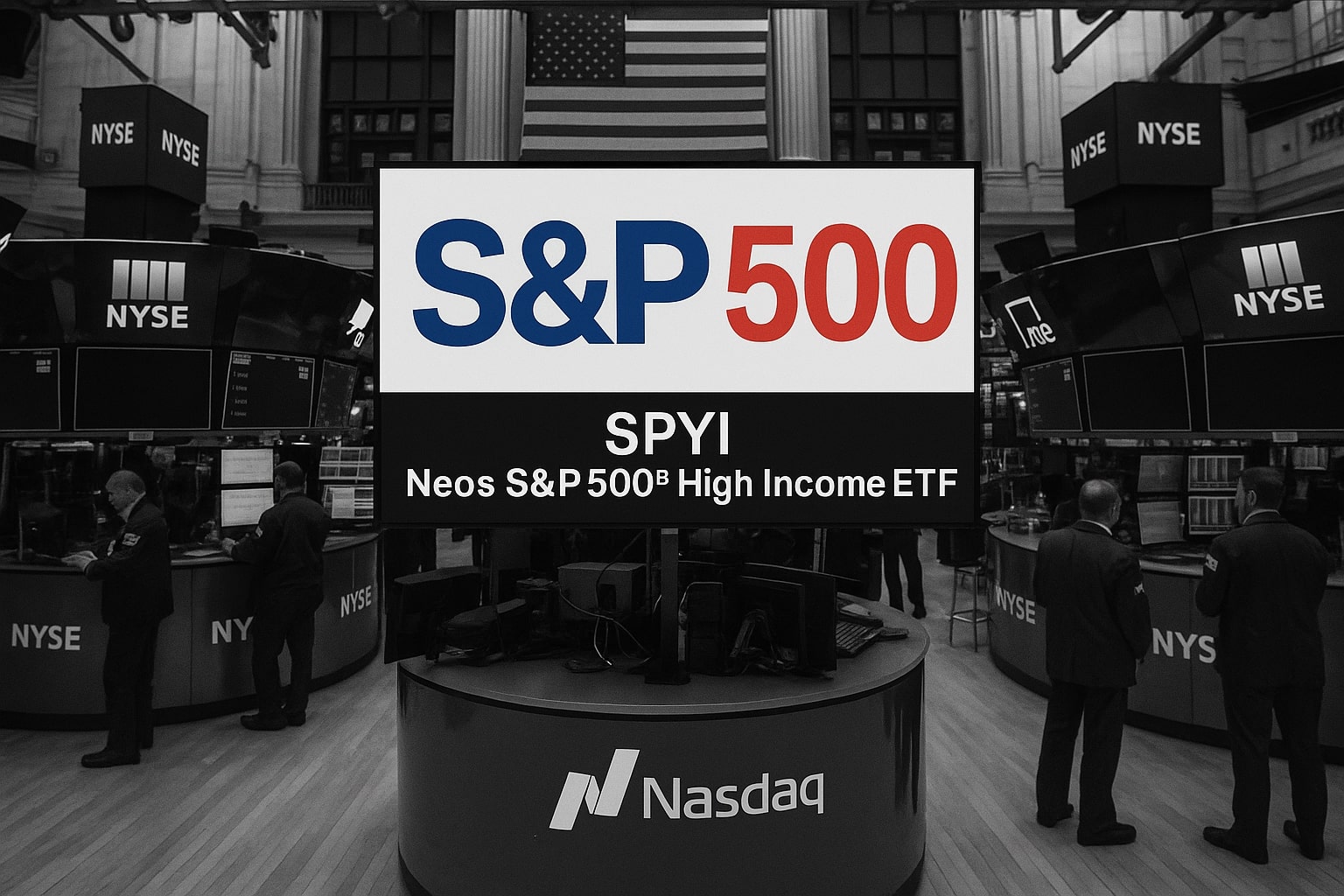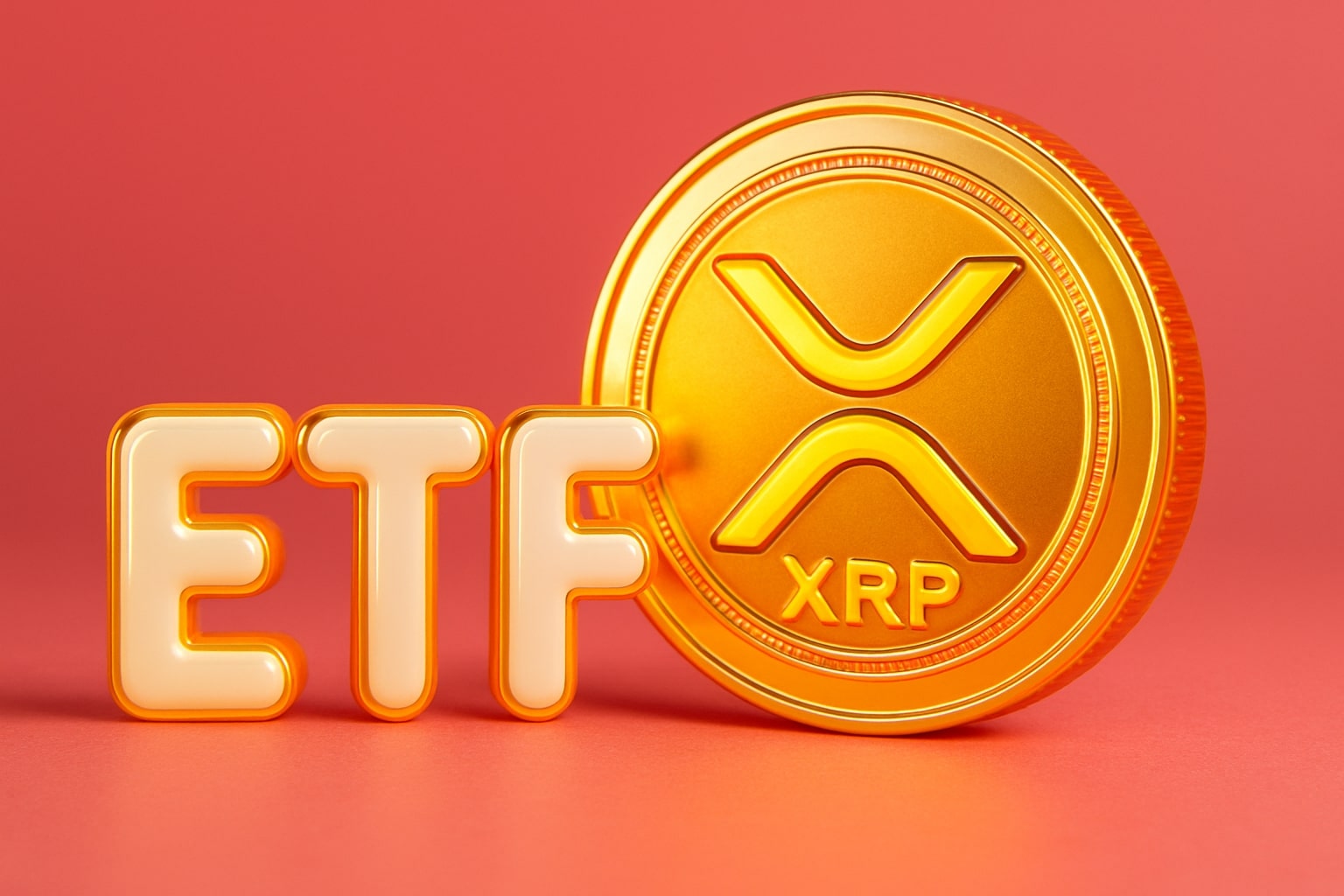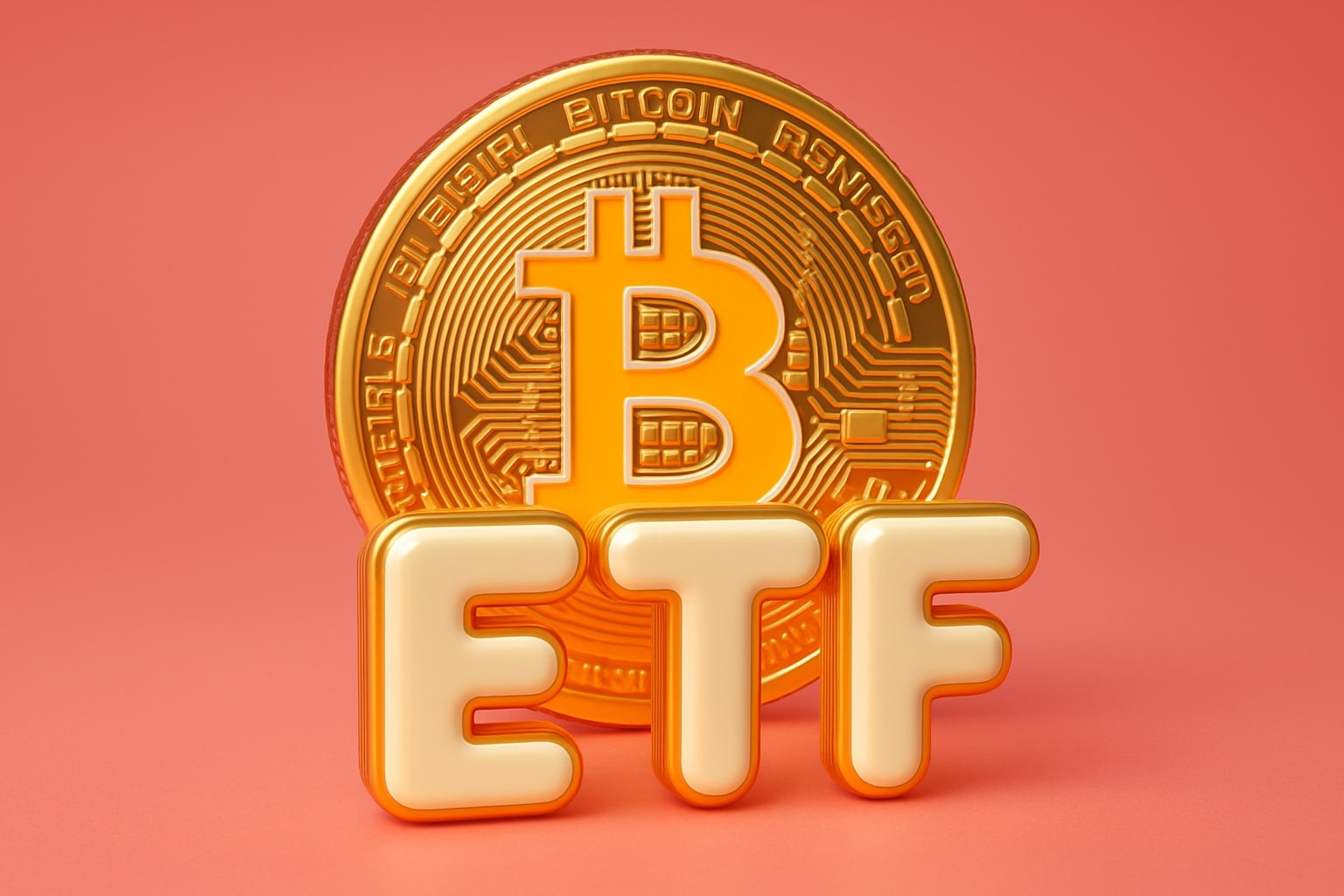
SPYI ETF Yields 11.67% as $7.4T Cash Moves From Money Markets to High-Income ETFs
Trading at $52.54 with $5.9B AUM, the NEOS S&P 500 High Income ETF leads income ETFs as investors brace for Fed cuts and shift to equity yield | That's TradingNEWS
BATS:SPYI — Double-Digit Yield, Option Discipline, and Capital Rotation Tailwinds
Core Snapshot and Market Context
At $52.54 in regular trading and $52.55 after-hours, the NEOS S&P 500 High Income ETF (BATS:SPYI) maintains a powerful position in income-oriented portfolios. With an 11.67% yield, a $6.13 annualized distribution, and monthly payouts, it continues to attract inflows as investors pivot from cash to yield-generating equity exposure. Assets under management recently climbed to $5.90 billion, up by roughly $2 billion in 2025 alone. The 0.68% expense ratio remains consistent, while SPYI has delivered a 6.3% price gain since inception and over $18.89 in cumulative cash distributions. Track real-time data here: BATS:SPYI real-time chart.
How SPYI Generates High Yield With Retained Upside
SPYI replicates the S&P 500’s sector mix, dominated by Technology (35.7%), Financials (13.1%), and Communication Services (10.5%). Its holdings mirror top U.S. corporations — NVIDIA, Microsoft, Apple, Amazon, Meta — anchoring market correlation. What separates SPYI is its two-leg option overlay. The fund writes S&P 500 index call options for premium income while using part of that income to purchase out-of-the-money calls, typically 5–15% above spot. This “credit-spread” strategy delivers double-digit yields while still allowing for partial upside in rising markets — a key edge over traditional covered-call ETFs that cap growth entirely.
Performance Metrics Versus Major Peers
The 2025 scoreboard underscores SPYI’s resilience. While the S&P 500 (SPY) gained 14.46% in price and 0.9% in dividends for a 15.37% total return, SPYI delivered a 12.72% total return — 10.02% from distributions and 2.7% from price appreciation. Competitor ETFs trailed:
-
Goldman Sachs GPIX achieved 12.88% total return on an 8% yield and 0.29% fee.
-
JPMorgan’s JEPI generated 6–7% total return, constrained by its exchange-linked note structure.
-
Global X’s XYLD lagged with a 3.12% total return, weighed by a -5.35% price drop.
SPYI’s blend of high yield and modest growth positioned it as the most balanced performer — providing strong income without fully sacrificing market participation.
Tax Structure and Distribution Efficiency
SPYI’s tax profile gives it another edge. Roughly 95% of 2025 distributions are classified as return of capital, not ordinary income. This defers taxation by reducing investors’ cost basis rather than generating immediate tax liability. In taxable accounts, that’s a meaningful structural advantage versus peers like JEPI or XYLD, where a larger share of payouts is taxed annually. SPYI’s premium income combined with option roll management ensures stable, repeatable distributions even when volatility compresses.
Drawdown and Risk Parameters
SPYI isn’t immune to market corrections. During the April 2025 selloff, its NAV declined alongside the S&P 500, showing limited downside protection. However, its monthly payouts mitigated the total impact. The fund’s structure naturally limits explosive upside compared with pure index ETFs, but its return consistency and income predictability offset that tradeoff. Over longer periods, investors should expect SPYI to underperform SPY on total return — but outperform in income-adjusted outcomes, especially when cash flow matters more than compounding.
Fed Easing and Income Rotation Catalysts
The CME FedWatch Tool implies a 98% probability of a 25-basis-point rate cut in October, followed by a projected 3–3.5% policy rate by 2027. With over $7.48 trillion still parked in money market funds yielding around 4%, the incentive to rotate into equity income funds like SPYI is rising. As bond yields drift lower, SPYI’s 11%+ monthly yield becomes increasingly attractive. It bridges the gap between growth and fixed income, making it an obvious beneficiary of capital reallocation during this easing cycle.
Read More
-
PPA ETF at $154: Can This Defense ETF Keep Beating ITA and SPY?
14.12.2025 · TradingNEWS ArchiveStocks
-
XRP ETFs XRPI and XRPR Pull In $975M While XRP-USD Fights To Hold $2
14.12.2025 · TradingNEWS ArchiveCrypto
-
Natural Gas Price Forecast: NG=F Hits $4.11 As Warm Winter Outlook Puts $3.913 Support At Risk
14.12.2025 · TradingNEWS ArchiveCommodities
-
USD/JPY Price Forecast - Dollar to Yen Can BoJ’s 0.75% Shock Break The 155–158 Range?
14.12.2025 · TradingNEWS ArchiveForex
Relative Positioning: GPIX vs. SPYI
Goldman Sachs’s GPIX maintains flexibility through a 25%–75% dynamic overwrite, slightly lower 0.29% expense ratio, and 8% yield, but SPYI’s consistent premium income keeps total returns comparable. The credit-spread mechanism in SPYI’s strategy allows greater yield capture when markets trade sideways, while GPIX performs better in fast rallies. Both funds can coexist in an income portfolio, yet SPYI’s 11% yield provides more immediate cash generation — particularly important for retirees or income allocators.
Forward Distribution Outlook
The latest declared distribution of $0.5268 per share implies an annualized $6.32 payout, slightly above its historical average of $6.00. At the current $52.54 price, forward yield remains 10.6–12%, depending on volatility and market momentum. The lowest monthly payout since inception was around $0.46, establishing a resilient income floor. Given the fund’s consistent track record, SPYI appears well-positioned to maintain double-digit yield even as policy rates compress in 2026–2027.
Institutional Confidence and AUM Momentum
Unlike traditional corporations, ETFs don’t show “insider trades.” Instead, capital inflows serve as the signal. SPYI’s $2 billion AUM expansion in 2025, alongside steady NAV performance, indicates sustained institutional allocation. The ETF’s $5.9 billion base represents growing confidence from RIAs and pension funds seeking structured yield within the S&P 500 universe.
Who Should Hold SPYI
SPYI suits retirees, income-focused investors, and taxable account holders seeking consistent monthly income and modest participation in equity growth. It functions as an income core, balancing bond risk and equity upside. Allocations of 5–15% within a diversified portfolio typically optimize exposure. Investors can monitor fund trends and price action here: BATS:SPYI real-time chart.
Investment View: Final Rating on BATS:SPYI
Buy. The reasoning is mathematical. SPYI trades near $52.54, yields 11.67%, distributes $0.5268 monthly, and commands $5.9 billion in AUM. ETF peers deliver smaller yields with higher sensitivity to market swings. With the Fed entering a cutting cycle and trillions in cash awaiting reinvestment, SPYI’s blend of premium income, tax deferral, and moderate growth makes it one of the few income ETFs capable of sustaining double-digit yield while preserving NAV stability. For investors demanding monthly cash flow with upside participation, BATS:SPYI remains the superior buy at current levels.


















